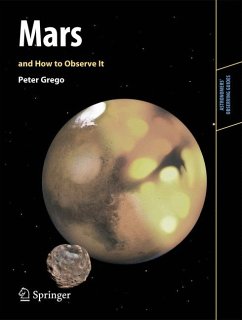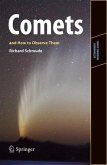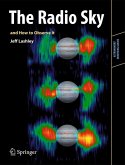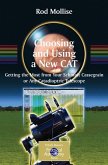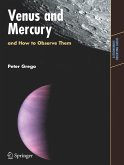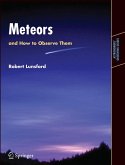Mars and How to Observe It takes readers on a planet-wide tour of the Red Planet and explains how a variety of dynamic forces has shaped it through the ages. This book explains how amateur astronomers can view Mars successfully to create accurate observational drawings and secure high-resolution CCD images of the planet.
Peter Grego is an accomplished author, an experienced amateur astronomer who has been actively observing Mars for over 30 years. Using the latest imagery and data from Mars probes and rovers, Mars and How to Observe It presents an up-to-date guide on our current understanding of the Red Planet and how the amateur astronomer can become familiar with this fascinating world.
Dieser Download kann aus rechtlichen Gründen nur mit Rechnungsadresse in A, B, BG, CY, CZ, D, DK, EW, E, FIN, F, GR, HR, H, IRL, I, LT, L, LR, M, NL, PL, P, R, S, SLO, SK ausgeliefert werden.

